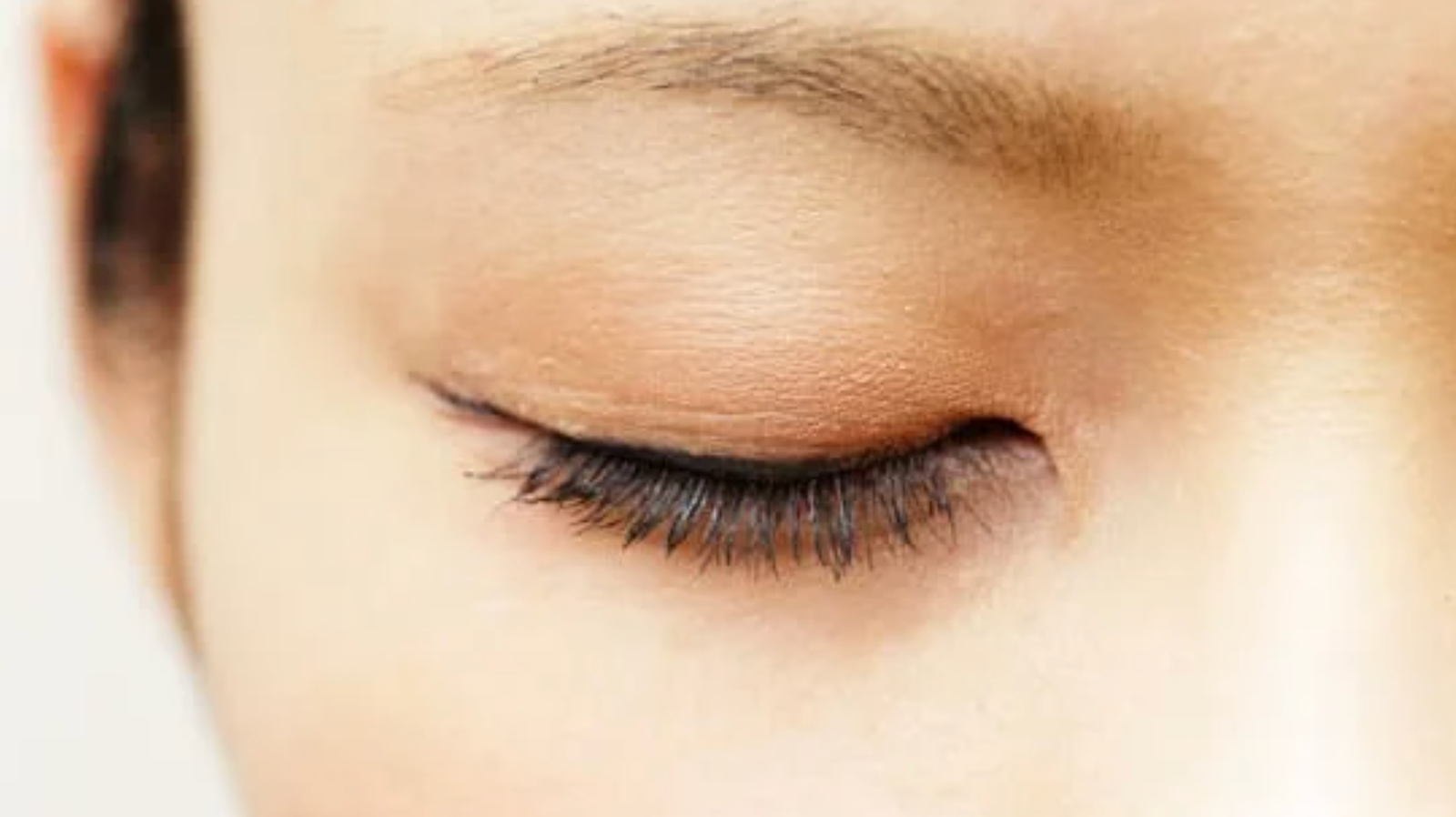Is Eyelid Skin Cancer a Real Threat?
People often think that skin cancer only affects certain areas of the body- like your arms, legs, or face. However, skin cancer can also affect the delicate skin around your eyes. Although the chances of developing eyelid cancer are much lower than most skin cancers, it is still a real threat and important to be aware of.
In this article, we’ll discuss what eyelid cancer is and how you can protect yourself from it. We’ll also explore the different types, symptoms, and treatments for eyelid cancer. So let’s get started!
What is Eyelid Skin Cancer?
Eyelid skin cancer is any form of cancer that affects the eyelids or surrounding area. The area around the eyes is especially prone to developing skin cancer because of its delicate nature and constant exposure to UV rays from the sun. This type of cancer is relatively rare and usually occurs in the elderly, but it can still be a serious threat to your health.
According to cancer statistics, 5 to 10 percent of all skin cancers occur around the eyes. This may sound low, but when you consider how delicate and sensitive the area around your eyes is, it’s important to take any suspicious changes seriously.
Defining the Risk Factors
Anyone can develop eyelid cancer, though some people may be more prone to it than others. Some of the factors that increase your risk include:
Age
Older individuals are more likely to develop eyelid cancer, as their skin is more delicate and prone to damage.
Sun exposure
Individuals who spend much time outside without proper protection (such as sunglasses or sunscreen) are at an increased risk of developing eyelid cancer.
Immune system
People with weakened immune systems, such as those with HIV/AIDS or those taking immunosuppressant drugs, are more likely to develop eyelid cancer.
Genetics
Some people may be genetically predisposed to developing certain types of skin cancer, including eyelid cancer.
If you fall into any of these categories, you must talk to your doctor about ways to protect yourself.
Types of Eyelid Skin Cancer
There are three main types of eyelid skin cancer- basal cell carcinoma, squamous cell carcinoma, and sebaceous cell carcinoma.
Basal Cell Carcinoma (BCC)
This type of cancer is most common and typically affects the lower part of the eyelid. BCC can appear as a small bump or spot and is usually pinkish in color. It may also scab over and bleed easily.
Squamous Cell Carcinoma (SCC)
SCC appears more frequently on the upper eyelids and is usually red and scaly. It can also form into a small lump with a thick crust. You may also experience pain and itching in the affected area.
Sebaceous Cell Carcinoma
This type is rare but can affect any part of the eyelid. It typically appears as a yellowish lump that may be tender to the touch. It may also cause redness or swelling around the eye. The lump can worsen over time and become ulcerated.
Symptoms of Eyelid Skin Cancer
The most common symptom of eyelid cancer is a small lump or lesion on the eyelid. Other symptoms may include:
Lesions and flaking skin
If you notice any small bumps or lesions on the eyelid, it’s important to pay attention. Flaking skin may also be a symptom of eyelid cancer and should not be ignored.
Changes in color or texture
Look for changes in color or texture on the eyelids, such as redness, discoloration, or dryness.
Lumps around the eyes
Look for any lumps around your eyes that may be tender to the touch. These can indicate cancer and should be checked by a doctor immediately.
Redness, irritation, or discomfort
If you experience any redness, irritation, or discomfort around the eyes, it may be a sign of eyelid cancer. These symptoms can also indicate other conditions, so it’s important to get them checked by a healthcare professional.
Swelling or tenderness
If you notice any swelling or tenderness in the affected area, it may be a sign of eyelid cancer. Make sure to get this checked out by a doctor as soon as possible.
Diagnosis and Treatment
If you experience any of the above symptoms, it’s important to talk to your doctor right away.
Factors for diagnosis
Your doctor will likely do a physical examination and may take a biopsy of the affected area. They may also order imaging tests such as an X-ray or CT scan.
Treatment options
Depending on the severity of the cancer, your doctor may recommend different treatment options. These can include topical medications, cryotherapy, radiation therapy, chemotherapy, or surgery.
Prevention tips
To help reduce your risk of developing eyelid skin cancer, you should:
• Wear sunglasses and sunscreen when outdoors
• Avoid tanning booths and sunlamps
• Protect your skin with hats and clothing
• Have regular checkups with a dermatologist
• Perform self-exams to look for any changes in the eyelids.
Conclusion
Eyelid skin cancer is a real and serious threat that should not be taken lightly. While the incidence of eyelid skin cancers remains relatively low, it can still pose a significant risk to those exposed to UV radiation regularly.
Sunscreen, protective clothing, and regular check-ups by an optometrist can help reduce the risk of eyelid skin cancer. As with any health issue, it’s best to be proactive to ensure early detection and effective treatment.
With increasing awareness of environmental hazards and their long-term effects on our health, we should all be vigilant about protecting ourselves and our eyes from the sun’s damaging rays. Prevention is always the best policy.
Dr. Joseph Cohen O.D., your trusted Optometrist in Woodland Hills. For excellent service and comprehensive eye care, call us at (818) 345-3937. We specialize in a range of services including Glaucoma treatment, Digital Eye Strain, Contact Lens fitting and more. Providing service in English and Farsi. Located at 19737 Ventura Blvd., Suite 201, Woodland Hills, CA 91364. Schedule your appointment today for healthier vision.

